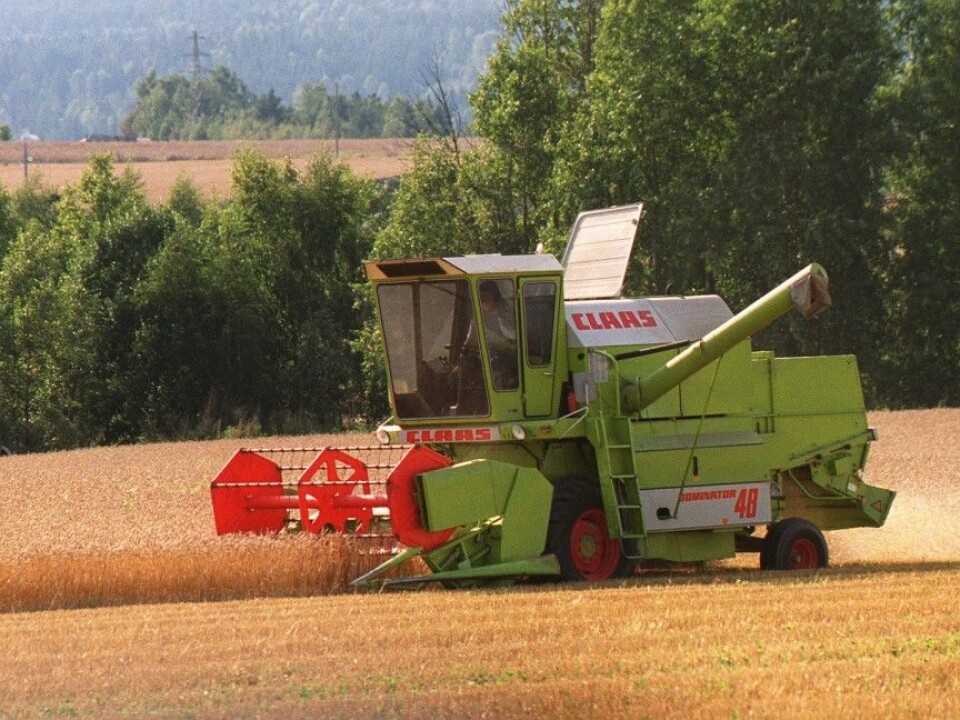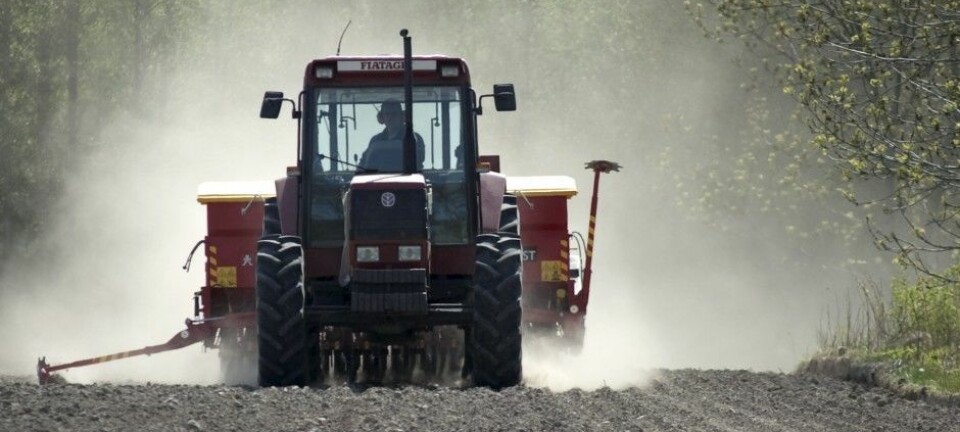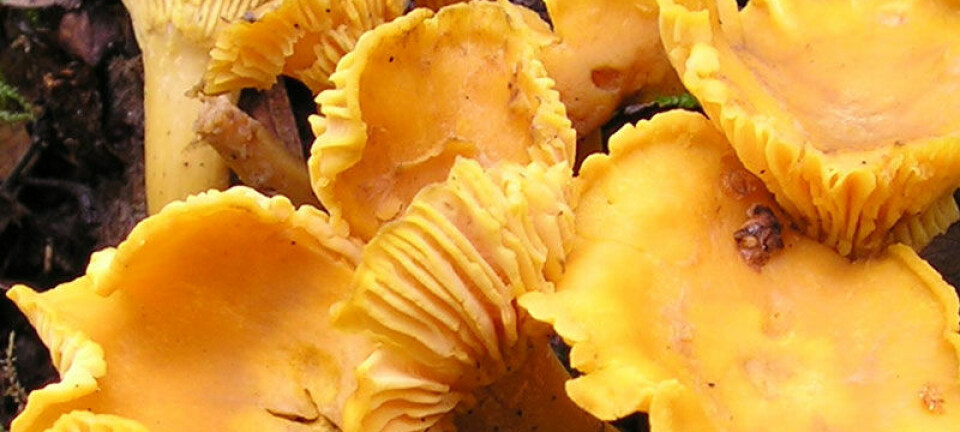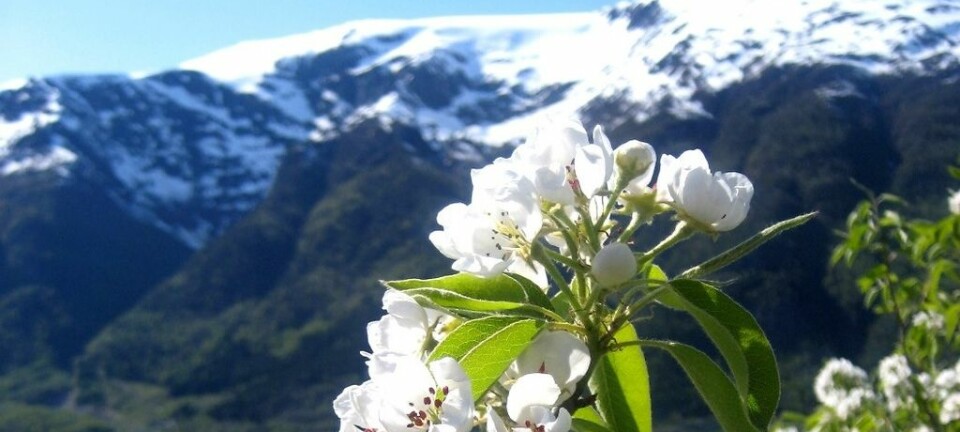An article from NordForsk
The Nordic region could reap the benefits of a warmer climate
A warmer climate will pose a challenge to agriculture, fisheries and forestry in the Nordic region. But the region will also experience changes that may lead to increased sustainability and growth in production.
Denne artikkelen er over ti år gammel og kan inneholde utdatert informasjon.
The temperature in the Nordic countries is expected to rise by more than the global average.
"We’re heading towards a considerable increase in temperature, if the trend in emission of greenhouse gases continues. The challenge for the primary industries is that they have to reduce their emissions while facing a rapidly rising increase in demand for food and other products," says Jørgen E. Olesen, Professor of Agroecology at Aarhus University.
Olesen has led the steering group of a research project that recently delivered recommendations regarding future climate policies and management of agriculture, fisheries and forestry to the region’s political decision-makers.
Six Nordic research networks, co-ordinated by NordForsk, have contributed to the recommendations and to a more extensive report, published by the Nordic Council of Ministers.
Longer growth period gives new possibilities

Climate change, combined with Nordic conditions with long summer days and dark winters, provides the primary industries with very special challenges.
"The Nordic area is the only place on the planet where there is agriculture, fishing and forestry at such high latitudes. This places us in a unique situation, especially in the primary industries, because we must find the solutions ourselves," says Olesen.
The rising temperatures will extend the growth period and thus create new possibilities. The biggest change will be that more plant and animal species will be able to thrive in the area and that new fish stocks will move into the Nordic seas.
"These are changes that will create better conditions for primary production and should point the way towards more sustainable production systems. A longer growth season will raise productivity, especially on our pastures.”
“This increased productivity - combined with new technology within biorefining - can make us more self-sufficient in fodder. This will make both agricultural production and fish farming more sustainable than it is today," says Olesen.
But a warmer climate will also lead to more extreme climate events. According to Olesen, forestry in particular will be vulnerable to storms and insect attacks, while agriculture will be threatened by extreme rainfall.
New management systems needed
Climate change will create a need for greater flexibility in the management systems that regulate the exploitation of biological resources. This is particularly evident in fisheries management.
"In the last decade we’ve seen species move further north. A good example is mackerel from the North Sea and the Norwegian Sea which is now found in the seas around Iceland and Greenland.
These movements will create conflicts on the management of the stocks," says Sigurdur Gudjonsson, Director of the Icelandic Institute of Freshwater Fisheries.
He took part in a study of how climate change will affect the Arctic char stocks. Here again there are signs that the species is moving further north.
"We’ve observed decreases in some of the southern Arctic char stocks and some of them will perhaps completely disappear. We might therefore lose some of the genetic diversity. On the other hand, the Arctic char has shown an incredible adaptability so there is no reason to fear that it will become extinct," says Gudjonsson.
Greater focus on genetic resources
The need for an increase in production of both livestock and crops makes adaptation to climate change even more challenging. Peer Berg, Section Leader for NordGen Farm Animals, sees an increase in focus on genetic resources as part of the solution.
"We must exploit all the genetic diversity and use the right species the right places. For example, small ruminants will probably be more suited to wetlands than large heavy beef cattle. In addition, we must exploit the variation between breeds, amongst other things in relation to temperature tolerance and disease resistance.”
Berg points to increased production of protein-rich fodder - made possible by warmer temperatures - as an obvious area of development to improve the region's feed and food safety. On the other hand, the Nordic conditions place special demands on the choice and development of the crops to be used.
Plants from other areas often have difficulty in adapting to the Nordic light conditions and do not go through the hardening process which prepares local plants for winter.
"The challenge is to identify and develop new genotypes that can survive the winter without hardening and still provide good crops," says Anne Marte Tronsmo, Professor of Plant Pathology at the Norwegian University of Life Sciences.
Forest soil absorbs large amounts of CO2
Forests cover 60 per cent of the Nordic region’s land area, which makes them a crucial element in the CO2 balance.
"Forest soil contains a great deal of carbon that has been sucked down by the plants. There is actually more carbon in the soil than in the trees," explains Professor Per Gundersen from Copenhagen University.
He stresses the need for more research in forest carbon accumulation and in how this will be affected by changes in forestry management.
"If we get it right, we can get more CO2 into the ground. On the other hand, higher temperatures and improper use of the forests will send some of the CO2 that’s stored in the soil out into the atmosphere again.”
“There must be cohesion in forestry management that protects the carbon in the soil and the biodiversity of the forests."
Diverse efforts ahead
The report concludes that the Nordic countries have the opportunity of increasing their market share on the global market for high quality products.
However, this will require efforts in a wide range of areas, from research and innovation to development of political structures and resource management.
"We have to solve several challenges at once,” says Olesen.
“We must reduce our CO2 footprint, adjust the primary industries to the changing climate and preserve our resource base. This will require new technologies, new administration systems and partnerships between stakeholders in the area, everything from the public sector to the businesses in the region."
------------
Read the Norwegian version of this article at forskning.no
External links
- Climate change and primary industries Impacts, adaptation and mitigaton in the Nordic countries (Full report)
- Climate change and primary industries Impacts, adaptation and mitigation in the Nordic countries. (Report for Policy Makers)


































